Leake Street Graffiti Tunnel, tucked beneath Waterloo Station, offers a rebellious side of London rarely seen by tourists. Known as “The Banksy Tunnel,” it’s one of the city’s few legal street art zones, where the walls are constantly transformed by new pieces of graffiti and murals. I’m sharing everything you need to know to visit.
Pro Tip:
- Check out our guide to London for more planning resources
- If you prefer to leave the planning to the experts, check out our best London tours
- Planning what to do on your trip to London? See the top things to do in London
- Bookmark this post in your browser so you can easily find it when you’re in the city
Everything You Need To Know About The Leake Street Graffiti Tunnel in London
You’ve done all the touristy stuff in London, right? Now it’s time to dive into something that really shows the city’s soul. Leake Street, aka the Graffiti Tunnel, is where London’s true energy comes alive.
Hidden beneath Waterloo Station, this tunnel is a constantly shifting masterpiece—its walls covered in raw, unfiltered street art that changes daily.
Some pieces are wild, some are deep, but all of them scream with energy and creativity. This isn’t your average Instagram backdrop—this is where the city’s best graffiti artists take over, leaving their mark in real-time.
Skip the usual spots and get down here, because if you haven’t seen Leake Street, you haven’t seen London’s creative heart in full force.
- The history of the Leake Street Graffiti Tunnel (a.k.a. “The Banksy Tunnel”)
- Adding your own art to Leake Street Graffiti Tunnel
- How to get to the Leake Street Graffiti Tunnel
- Where to eat nearby
- What to do nearby
The Leake Street Graffiti Tunnel and the Legacy of Banksy
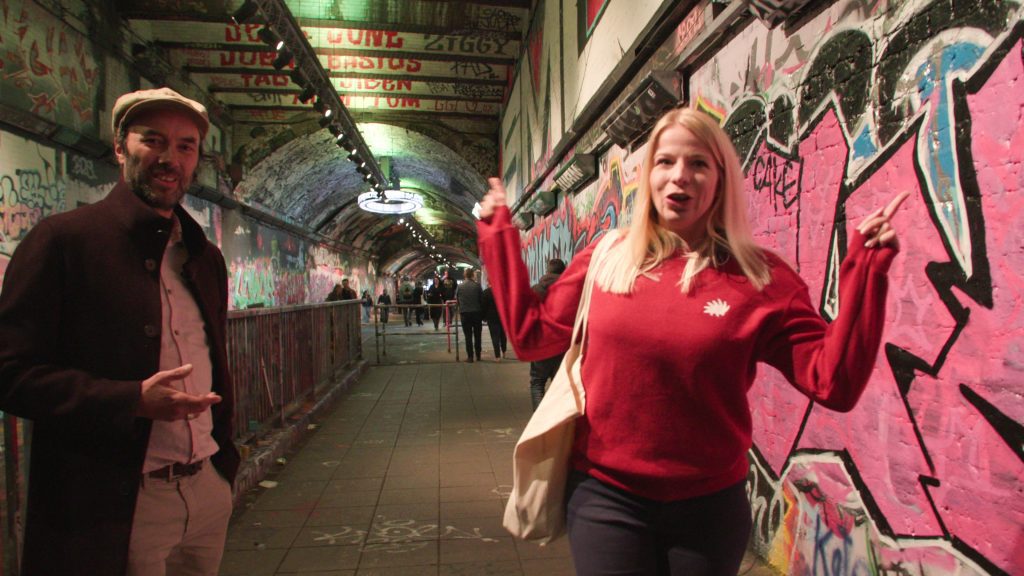

I’d just arrived in London and was eager to see the city beyond the usual sights, so I asked Nick, one of our Blue Badge guides, to take me somewhere that felt like “his London.”
Without hesitation, he led me to a hidden spot I’d never heard of—Leake Street Graffiti Tunnel, tucked under the busy tracks of Waterloo Station. Known by locals as “The Banksy Tunnel,” this isn’t the kind of place you’ll find in a tourist brochure.
It’s a constantly changing space, one of London’s few legal street art zones, where new artwork is added and painted over every day.
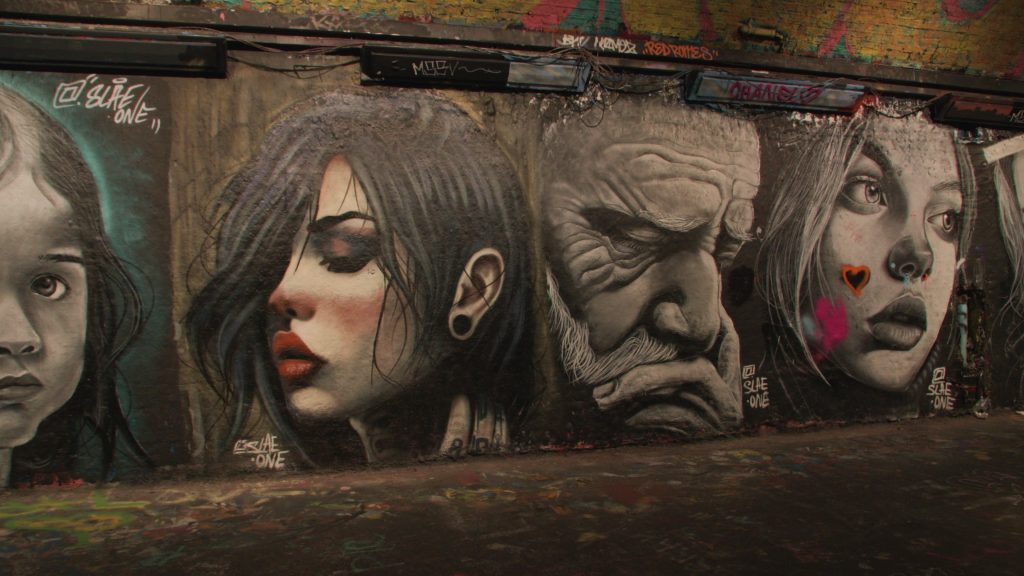

Nick, who knows every corner of this city, explained how Banksy turned this passageway into an open space for street art back in 2008 during the Cans Festival. He wanted to create a legal spot where anyone could paint without fear of fines, a space that invited artists from all over the world to make their mark.
As we walked, Nick pointed out how each section told a different story, layered with colors and styles that changed every day. “You’ll never see the same tunnel twice,” he told me, gesturing to new works and older murals partially painted over.
In a city full of iconic landmarks and classic art, Leake Street Graffiti Tunnel felt like a breath of fresh air. It’s gritty, unpredictable, and full of life—a side of London that doesn’t care about tradition or polish.
Never See The Same Thing Twice
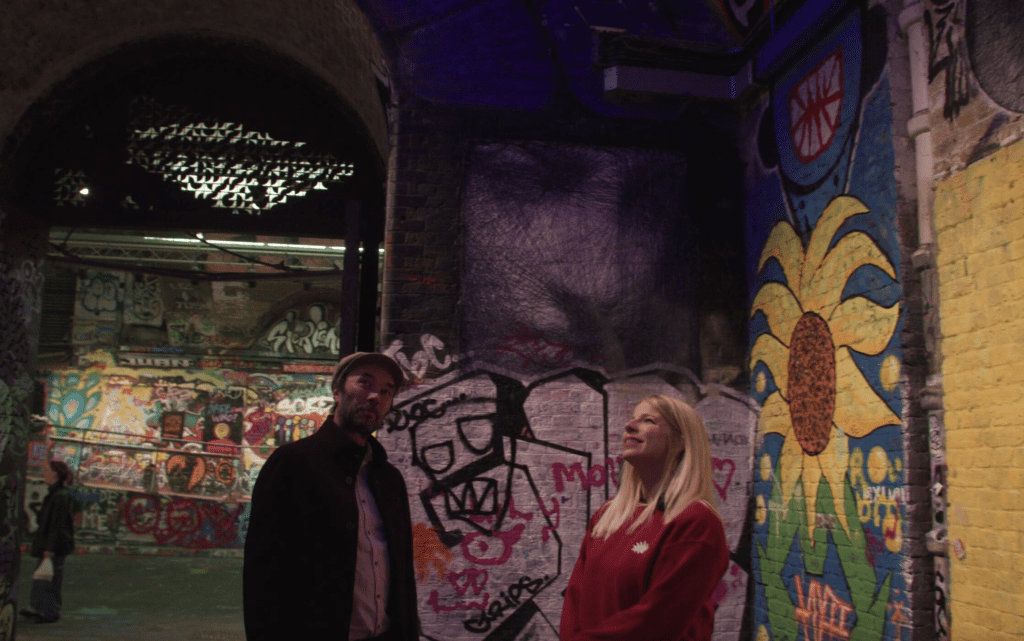

“This place changes daily,” Nick pointed out as we strolled through the tunnel, admiring layers of bright colors, stencils, and lettering. He explained how the tunnel’s openness creates an entirely new experience each time you visit, with fresh paint and new ideas covering the walls.
It’s a place where street art can thrive without constraints—where artists feel free to experiment and layer their work without fear of being stopped by the law.
Originally, Leake Street was part of the Eurostar terminal before the trains were rerouted to St. Pancras International, leaving the tunnel unused and somewhat forgotten. But when Banksy took it over for his festival, he revived the space.
“It’s amazing,” Nick told me. “What was once a gritty, neglected part of London became a showcase for urban art.”
Not ready to book a tour? Find out if London tours are worth it.
Adding Your Own Art to Leake Street Graffiti Tunnel
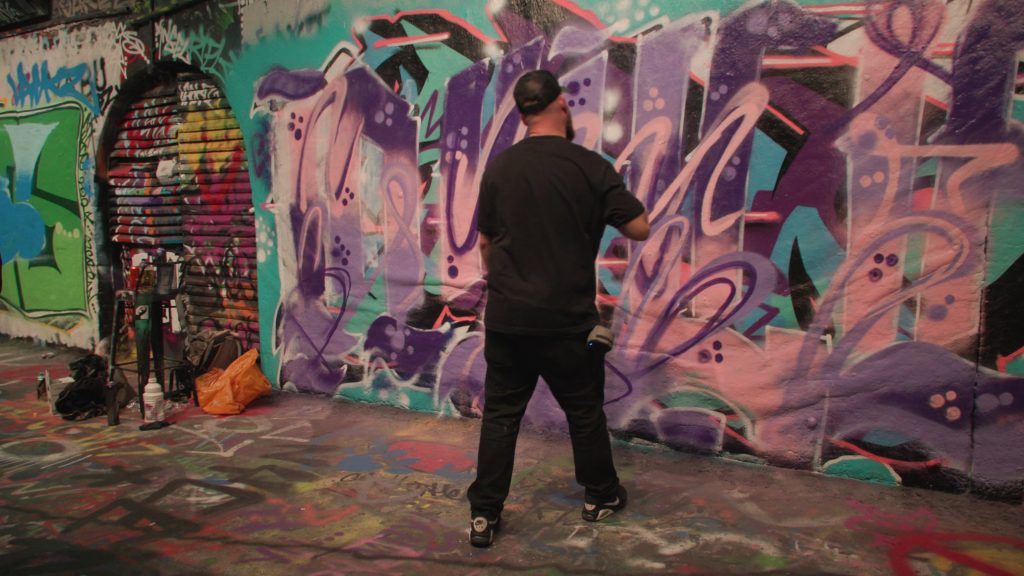

One of the interesting things Nick shared was that the walls here are open to anyone with a spray can. Unlike other parts of the city where street art can be removed, here it’s encouraged.
The tunnel has become a collaborative canvas, with new layers constantly added and old ones covered up. “It’s part of the culture here,” Nick explained. “Artists know their work might only be visible for a day before someone else comes along.
But that’s what makes it exciting.” Walking through, you can see tags, murals, and sometimes even detailed portraits—each artist leaving their mark for as long as it lasts.
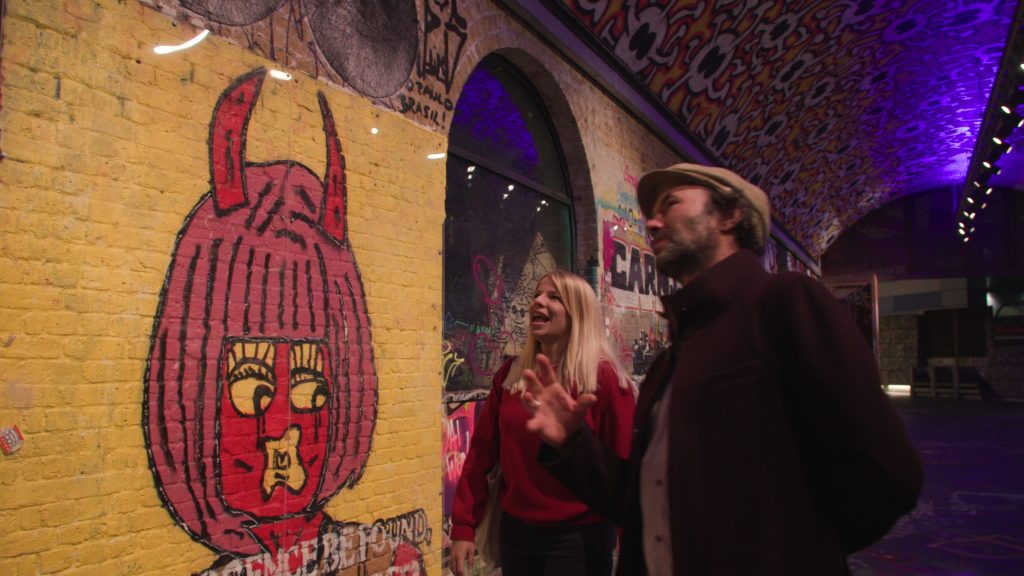

Some pieces are so impressive that they’re protected by a thin layer of glass, a nod to the artist’s influence. Nick pointed out a mural by Blek le Rat, one of the early pioneers of stencil art who inspired Banksy.
“This piece here has been preserved because of the respect people have for it,” Nick noted, adding that leaving an artwork untouched in such a high-traffic area is a true compliment among street artists.
Street art workshops are common here, and it’s not unusual to see people learning spray-paint techniques or trying out their first tags. “You can learn the basics here,” Nick said, “but you might want to wear old clothes—lean on a wall, and you’ll end up with some fresh paint on your jacket.”
He laughed, recounting stories of tourists unknowingly walking out with brightly painted backs, souvenirs of their time in London’s only legal graffiti zone.
Grab a Guide For the Best Experience
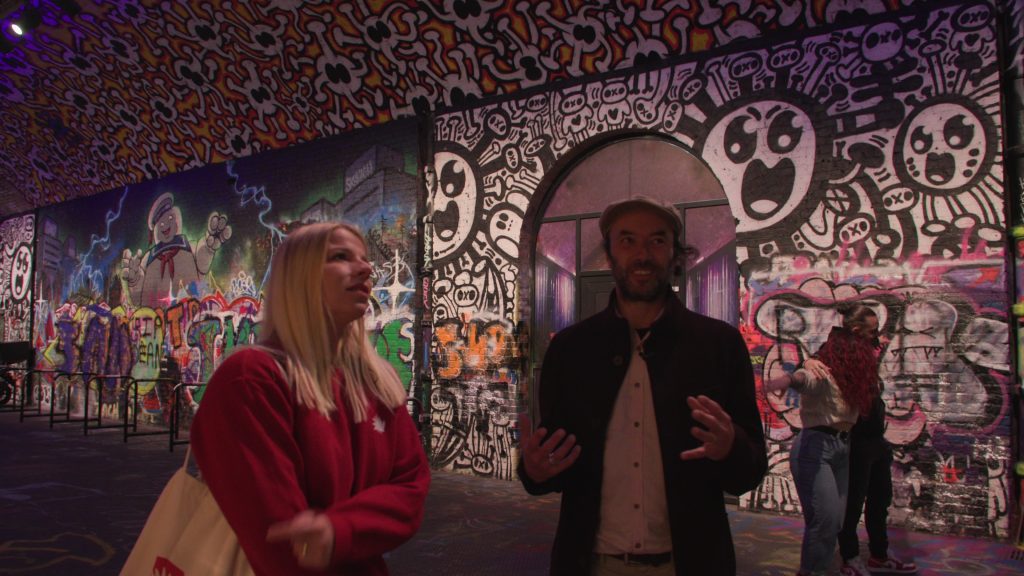

Leake Street also draws photographers and art lovers eager to capture the ever-changing visuals. “In some ways, it’s like London’s Sistine Chapel,” Nick joked, pointing to a sprawling mural on the ceiling.
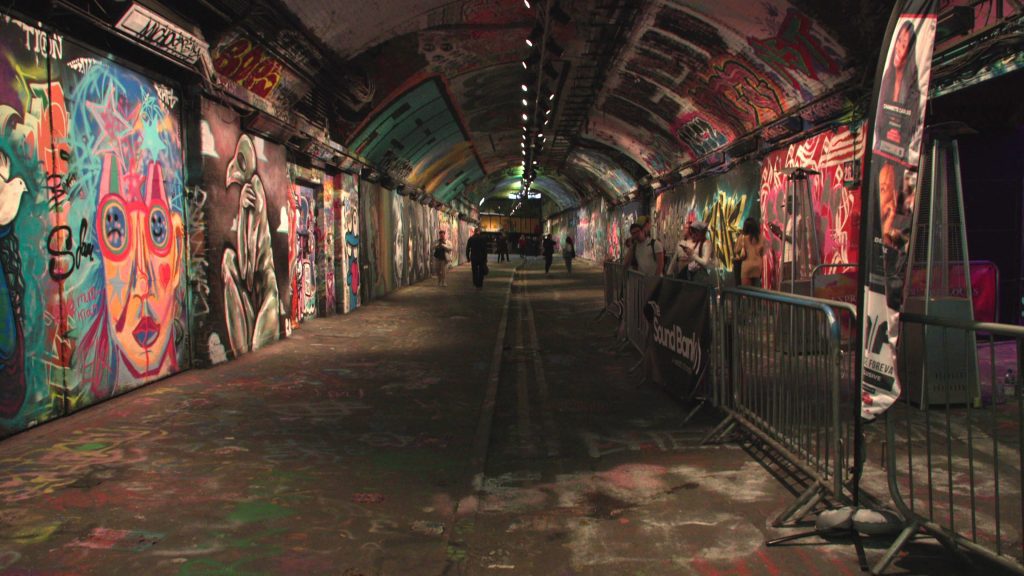

Spending the evening with Nick made exploring London feel more like uncovering a friend’s best-kept secrets. Nick is definitely one of the coolest tour guides out there. Before becoming a guide, he worked as an arts journalist, and his love for London’s hidden corners shines through in every tour he leads.
We’re lucky to have him at The Tour Guy, where he guides guests through top sites like Westminster Abbey, the Tower of London, and even a full-day “London in a Day” tour, offering an insider’s look that goes beyond what you’d get from any guidebook.
Not ready to book a tour? Find out if London tours are worth it.
How to Get to Leake Street Graffiti Tunnel


Tucked under the busy tracks of Waterloo Station, Leake Street Graffiti Tunnel isn’t too difficult to find if you know where to look.
Leake Street Arches includes the well-known Leake Street graffiti tunnel and a newly constructed pedestrian walkway linking Leake Street to the Westminster Bridge roundabout.
For those coming from Waterloo, the Arches can be reached via York Road, Waterloo Station Approach, or Lower Marsh.
From Lambeth or Westminster, access is available via Westminster Bridge Roundabout or Westminster Bridge Road, with the entrance located next to the Park Plaza County Hall.
By train
The tunnel is just a five-minute walk away from both the Waterloo Station or Waterloo East Station.
Via the tube
You can walk to the tunnel in just five minutes from both Waterloo and Lambeth North underground stations. You can also get to the tunnel via the Northern (Charing Cross Branch), Jubilee, or Bakerloo lines to Waterloo or get the Bakerloo line to Lambeth North.
By boat
The tunnel is just a short 5-minute walk away from Waterloo Pier-London Eye with London River Services passenger boats along the Thames. If you’d prefer to leave the planning to the experts, check out our Best London Eye Tours.
By bus
You can reach the tunnel via 24-hour service routes 12,53, 148,159 341, 453, day service routes 77,211,381,507, C10, RV1, or night services routes N109, N155, N381.
Address: Leake St, London SE1 7NN
For expert knowledge on the best places to stay during your visit, according to the sites you want to see, check out our guide, Where to Stay in London.
Where to Eat Nearby
Gillray’s Steakhouse & Bar
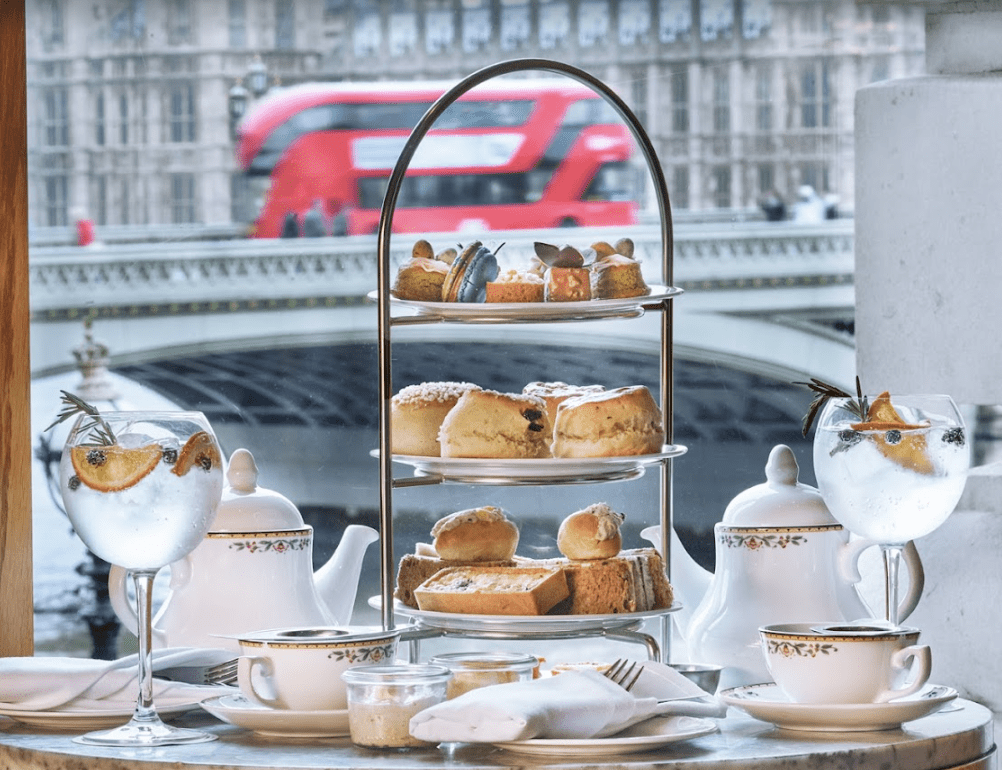

£££ | Open Early | Buffet Style Breakfast | Steak Dinner
A hearty breakfast is essential for a successful day exploring the streets of London. And Gillray’s Steakhouse, located within the County Hall hotel on Westminster Bridge Road, provides the perfect start. Just a seven minute walk from the tunnel, you’ll also get a stunning view of Big Ben.
The buffet-style breakfast spread at Gillray’s features all the classic continental options, each prepared with exceptional care and quality. For those in the mood for something unique, the à la carte menu offers delights like their vegan Scotch eggs, made with fresh, hard-boiled eggs and a crisp breadcrumb coating.
Whether you’re after a substantial breakfast or just a light bite with an unbeatable view, Gillray’s sets the stage for a fantastic day ahead. And, of course, it’s also an excellent spot to return to later for an expertly crafted steakhouse dinner.
Address: County Hall, Westminster Bridge Rd, South Bank
If you’re interested in grabbing a drink after dinner, check out our list of the Top Cocktail Bars in London.
Brasserie Joël


£££ | French | Romantic Dinner
If you’re looking to follow your day of appreciating art with a romantic dinner, you’ll want to stop by Brasserie Joël. Combining classic and contemporary with an elegant finish, Brasserie Joël is one of our favorite French restaurants near the tunnel (only a five-minute walk). The glass-lined, red and black dining room embodies Joël’s spirit of refinement with a splash of spontaneity (and even a bit of fun!)
For starters, we recommend ordering the Terrine of Oak Smoked Ham with Wild Mushroom, along with the Heirloom Tomatoes and Grilled Asparagus. Entrée-wise, Joël keeps things simple: a Traditional Ratatouille or Beef Bourguignon are our recommendations. Along with one of their fantastically curated wines, you’ll be set for a romantic London evening.
Address: Park Plaza Westminster Bridge Hotel, 200 Westminster Bridge Rd
If you’re hoping to finish your day of exploring with a nice pint of beer, check out our list of the Best Pubs in London.
La Cucina Di Mamma


££ | Italian and English | Big Portions
La Cucina Di Mamma masterfully blends high-end and affordable, English and Italian, as well as traditional and modern influences. Located near the London Eye, and only a four-minute walk from the tunnel, it’s one of our top restaurant picks in the area. The décor is a fusion of sleek and playful elements, with art deco paintings alongside vibrant, Warhol-inspired touches.
The menu presents a diverse selection of dishes that will appeal to fans of both Italian and English fare, but each dish is prepared with a refined attention to detail. Standout options like the Honey Glazed Baked Goat Cheese and Roasted Lamb with Mash provide a sophisticated way to end your day in London.
Address: 3j, 3k Belvedere Rd, South Bank
For a full list of restaurants nearby, check out our recommendations for the Best Restaurants Near The London Eye and the Best Restaurants in London.
Things to Do Near Graffiti Tunnel
Get the Best View From the London Eye
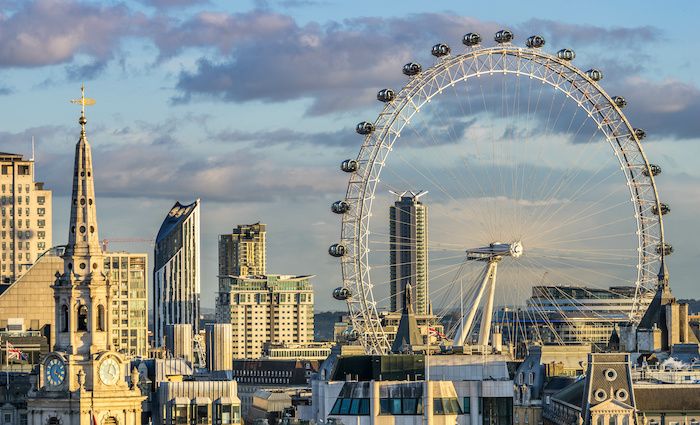

If you’re checking out Leake Street Graffiti Tunnel, you’re in luck because the tunnel is located very close to some of London’s most iconic stops. One of the most obvious stops is The London Eye. Not only is it Europe’s biggest Ferris wheel but it’s also the UK’s most visited attraction. You can see as far as Windsor Castle on a clear day, and it’s also a great way to get a bird’s eye view of the Southbank. The best part is, it’s only a six-minute walk from the tunnel.
Address: Riverside Building, County Hall
Not ready to book a tour? Find out whether or not a guided London tour is worth it.
Spend Time at Big Ben
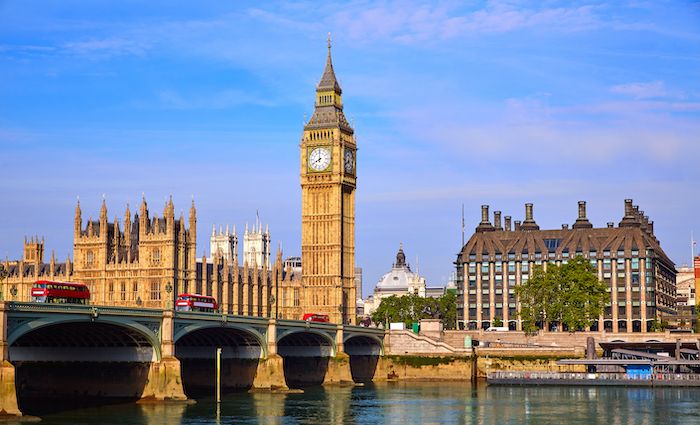

Located in the heart of Westminster, London, the iconic Big Ben is steeped in history. And it’s only an eleven-minute walk from the graffiti tunnel. Originally known as St. Stephen’s Tower, it was renamed Elizabeth Tower in 2012 to mark the Queen’s Jubilee. While “Big Ben” technically refers to the bell itself, it is often used to describe the entire clock tower at the northern end of the Houses of Parliament.
Good news for visitors: Big Ben is once again operational! After a comprehensive six-year restoration, it reopened to the public in 2023. Now, you can explore its rich history and soak in the timeless beauty of this world-renowned landmark.
Address: Big Ben
Not ready to book a tour? Find out whether or not a guided London tour is worth it.
Check Out Westminster Abbey


Dating back over a thousand years, this church is one of the UK’s most iconic religious landmarks. It has hosted numerous royal coronations and weddings. It’s also the burial site for many prominent English figures, including Mary, Queen of Scots, Isaac Newton, and Stephen Hawking.
Occasionally, some areas will be closed to the public since it is still an active church. So, be sure to check their hours online before your visit. Find out more about how to visit Westminster Abbey. Or, book a guided Westminster Abbey tour with us for an easy and enjoyable visit. And you won’t have to travel too far to get there as it’s only a 16 minute walk from the tunnel.
Address: 20 Deans Yd, Westminster
For more suggestions on what to do while in London, check out our extensive list of the Top 32 Things To Do in London.
Not ready to book a tour? Check out our best Westminster Abbey tours to take and why.
Visiting Leake Street Graffiti Tunnel in London is a must for anyone looking to experience the city’s vibrant, ever-evolving street art scene. Unlike traditional galleries, Leake Street is a living canvas, constantly changing as new artists leave their mark. Whether you’re an art enthusiast or simply curious about the urban culture, the tunnel is a perfect stop for those seeking a blend of raw, cutting-edge creativity and a taste of London’s alternative side.

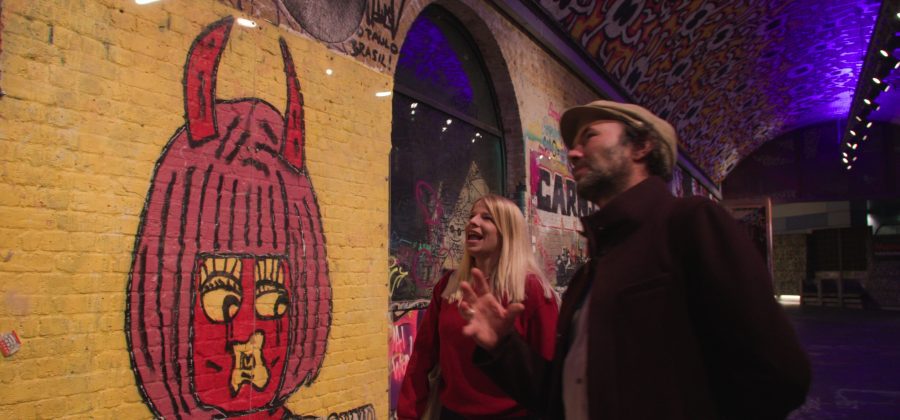
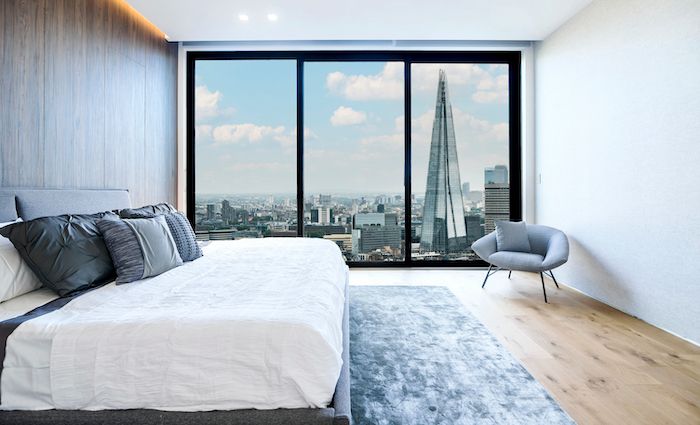
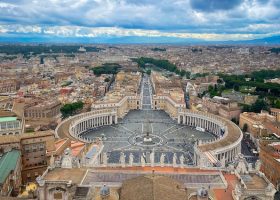
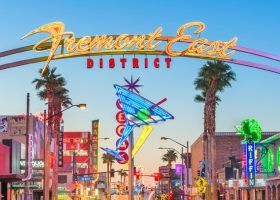
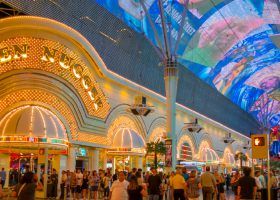
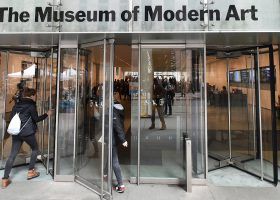
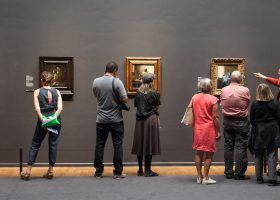
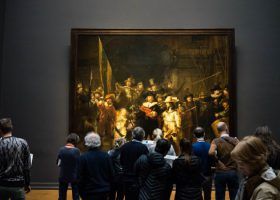


Leave a Comment